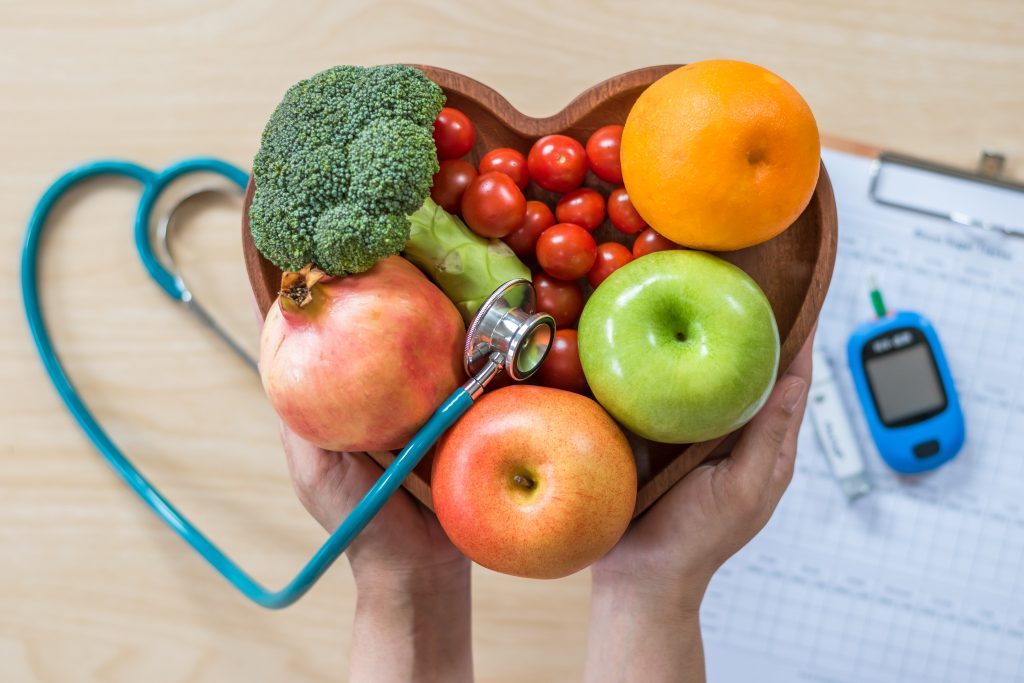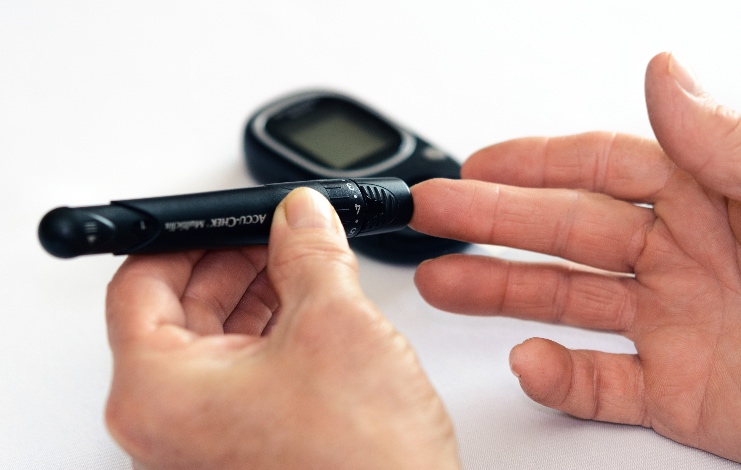On the 14th of November of each year, people celebrate World Diabetes Day with thousands of campaigns, activities, seminars, and meetings all over the globe. In its 2019 edition, the day marks the combination of all humanity’s efforts in raising awareness about the growing epidemic.
Since the event was first introduced by the World Health Organization and the International Diabetes Federation, it has flourished to become a worldwide phenomenon. Today, more than 200 diabetes associations in over 160 countries participate in the event, which happens to coincide with the birthday anniversary of insulin’s co-discoverer Frederick Panting. In 1922, Panting alongside his colleague Charles Best discovered the compound that helped save the lives of millions over the year.

Millions of patients celebrate the event by attending lectures and meetings to tell others about their personal experience or posting on social media about the lesser-known facts of the disease. Also, as part of this day’s activities, many medical professionals take to TV stations and radio programs to raise awareness.
This year’s theme is Family and Diabetes and how the disease impacts the family and the support network of the patient. Furthermore, the family, as a unit of society, has an imperial role in the management, education, care, and prevention of the disease.
One in 11 people around the world suffers from Type 2 Diabetes (T2D), while half of all people with diabetes do not know they have it. In Egypt alone, a whopping 15.6 percent of all adults aged between 20 and 79 suffer from T2D. These alarming statistics have pushed for more awareness campaigns to educate parents and society alike to spot the early warning signs.

Left untreated or unmanaged, the disease can lead to dire consequences; these include blindness, amputation, kidney failure, heart attack, and stroke.
If you want to know more about the risk factors and test your diabetes knowledge, the IDF has published an online test for the public to empower more people to look for the warning signs in their lives and the lives of their loved ones.



